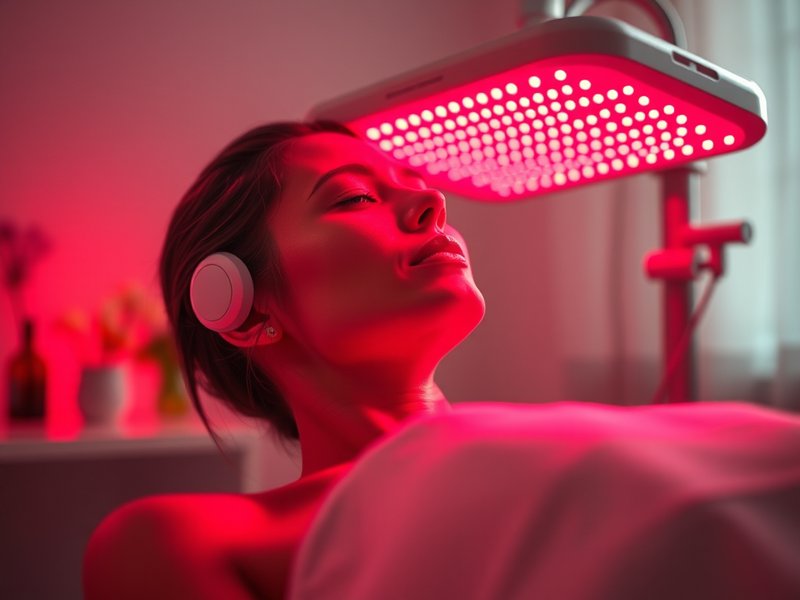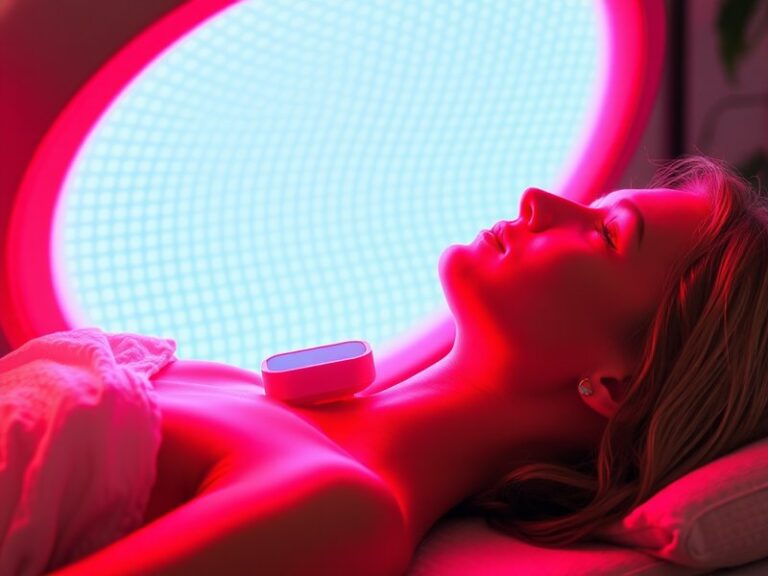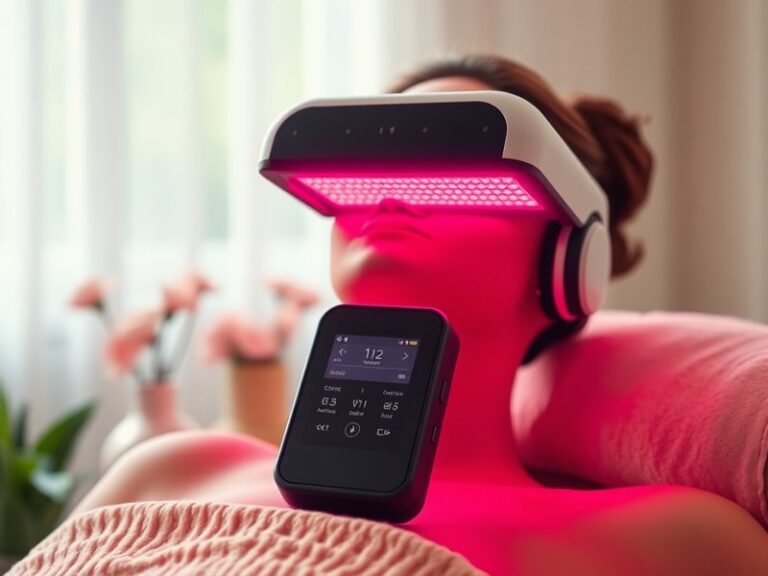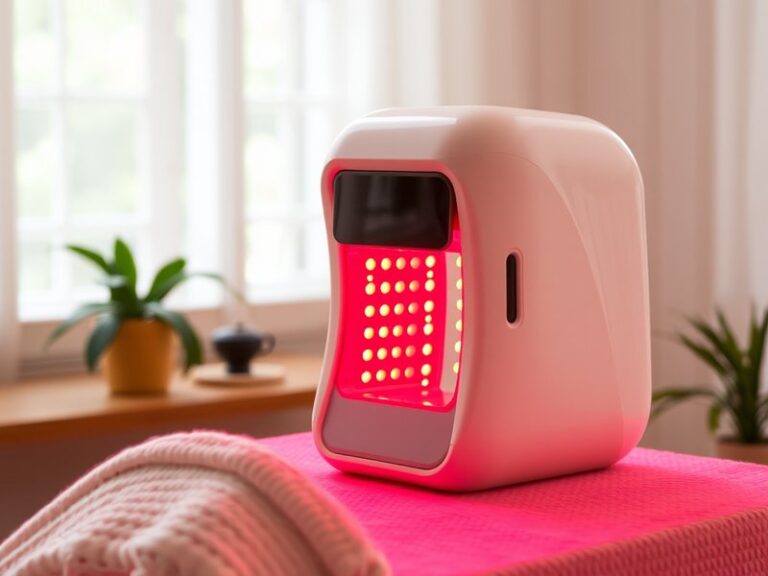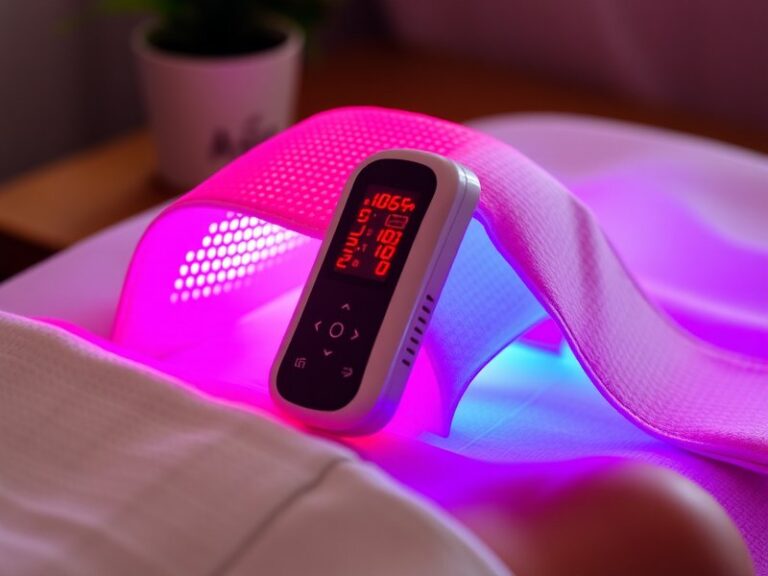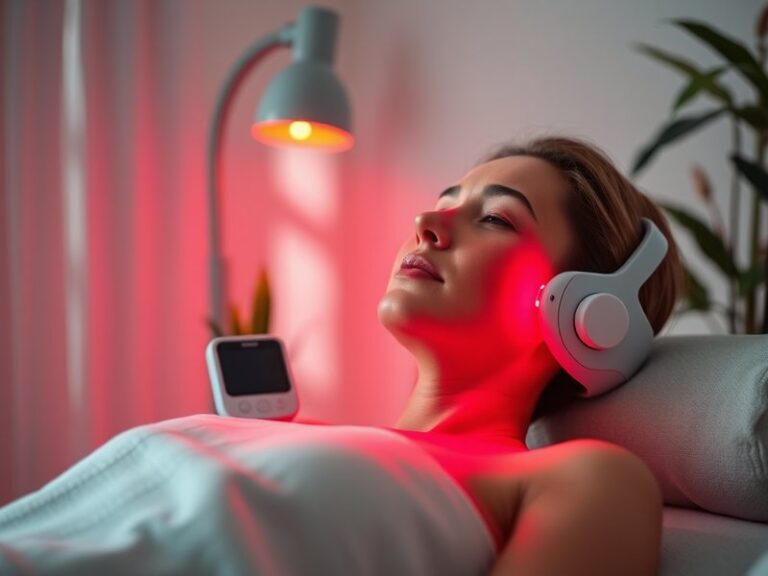How Often Should You Get Red Light Therapy?
How Often Should You Get Red Light Therapy?
Are you looking for a natural way to boost your skin health or recovery from injury?
Red light therapy is increasingly becoming popular as a viable option for various health and aesthetic benefits. In this article, we will explore the recommended frequency for this therapy, the underlying principles that make it effective, its diverse benefits, considerations before starting treatment, alternative therapies, and finally, we’ll address some frequently asked questions to help you make an informed decision.
Key Takeaways
- Frequency of therapy varies: The recommended frequency for red light therapy can depend on individual goals and specific conditions.
- Numerous benefits: Red light therapy offers a range of advantages, from improved skin texture to faster healing of injuries.
- Consider individual factors: It’s important to take into account personal health and lifestyle before commencing treatment.
What is Red Light Therapy?
Red light therapy (RLT) is a non-invasive treatment that involves exposing the body to low levels of red or near-infrared light. This type of light can penetrate the skin and stimulate cellular processes. It is believed that the energy generated from the light can enhance mitochondrial function, leading to increased production of adenosine triphosphate (ATP), which powers cellular repair and regeneration.
Mechanism of Action
RLT primarily works on the principle of photobiomodulation, where cells absorb light energy and convert it into biochemical energy. This process can accelerate healing, reduce inflammation, and promote cellular regeneration.
Devices Used
There are various forms of devices used for red light therapy, ranging from handheld units to larger panels and beds found in spas and clinics. Each device can offer different levels of intensity and coverage, influencing the recommended duration and frequency of sessions.
What are the Benefits of Red Light Therapy?
Understanding the benefits of red light therapy can help determine how often you should undergo treatment. Below are some significant advantages associated with RLT.
Skin Health and Aesthetics
Red light therapy can significantly improve skin appearance by reducing wrinkles, fine lines, and redness. Clinical studies have shown that after consistent applications, many users see improved skin tone and texture.
Muscle Recovery and Performance
Athletes often utilize red light therapy to help speed up muscle healing post-exercise. Research indicates that RLT can reduce muscle soreness, enhance recovery time, and even improve overall performance.
Pain Relief
With its anti-inflammatory properties, red light therapy has been found effective in managing chronic pain conditions such as arthritis and lower back pain. Regular sessions can lead to sustained pain relief and improved mobility.
Wound Healing
Studies have demonstrated that red light therapy can accelerate the healing of wounds, cuts, and other skin injuries. It enhances circulation to the affected area and optimizes the cellular regeneration process.
Is it Possible to Overdo Red Light Therapy?
Yes, while red light therapy is considered safe, it is possible to experience diminishing returns or adverse effects from excessive use.
What are the Advantages of Limitations on Frequency?
Establishing a balance on therapy frequency is crucial. It allows your body to adapt and optimize the benefits without overwhelming your cells. It also prevents the risk of potential side effects such as skin irritation or burning, especially for those with sensitive skin.
What are the Disadvantages of Overdoing?
Overexposure might lead to reduced effectiveness of RLT. Continuous exposure can overwhelm cellular mechanisms, resulting in less noticeable improvements or potential skin issues.
What are the Things to Consider Before Starting Red Light Therapy?
Before initiating red light therapy, you should account for various factors to maximize benefits while ensuring safety.
Your Goals
Consider what you hope to achieve with red light therapy. Skin treatments may require different frequency and intensity schedules compared to recovery from injury.
Existing Health Conditions
If you have any underlying health concerns, particularly those related to skin sensitivity or exposure to light, it’s essential to consult with a healthcare professional before starting therapy.
Treatment Environment
Decide whether you will use at-home devices or seek treatment in a professional setting. This choice can influence the frequency, duration, and strength of sessions.
What are the Alternatives to Red Light Therapy?
If you are exploring different therapeutic options, there are several alternatives to consider.
Check our latest on Open Eyes in Red Light Therapy?
See why in Do At Home Red Light Therapy Work?
Laser Therapy
Laser therapy is a more concentrated application of light directed at specific areas of the body. It can offer benefits for both skin rejuvenation and pain relief.
Cryotherapy
Cryotherapy involves exposing the body to extremely cold temperatures, which can aid recovery and inflammation reduction. It’s often popular among athletes for muscle repair.
Microdermabrasion
For skin treatments, microdermabrasion serves as a physical exfoliation technique. It can enhance skin texture and appearance, albeit without the deeper cellular benefits seen in RLT.
Conclusion: Is it Recommended to Get Red Light Therapy?
Ultimately, incorporating red light therapy into your wellness regime can provide substantial health benefits. However, it is crucial to consider individual goals, health status, and treatment options. Start with recommended sessions, typically a few times a week for specific skin or healing benefits, and adjust based on personal response and outcomes.
Frequently Asked Questions
How long does each session of red light therapy typically last?
Sessions generally last between 10 to 20 minutes, depending on the area being treated and the type of device used.
Can I do red light therapy every day?
While daily sessions are possible, it’s advisable to start with 2 to 3 sessions per week and adjust based on personal response and desired outcomes.
Are there any side effects?
Most people experience no side effects; however, some may have mild irritation, redness, or skin sensitivity. It’s best to start slowly and monitor your skin’s response.
Is red light therapy safe for all skin types?
Yes, red light therapy is generally safe for all skin types, but individuals with specific skin conditions should consult with a dermatologist before starting treatment.
How soon can I expect to see results?
Results can vary based on the condition treated and individual response, but many people notice improvements after a few weeks of consistent therapy.
By understanding the nuances of red light therapy, you can effectively incorporate it into your health routine and enjoy its myriad benefits.
